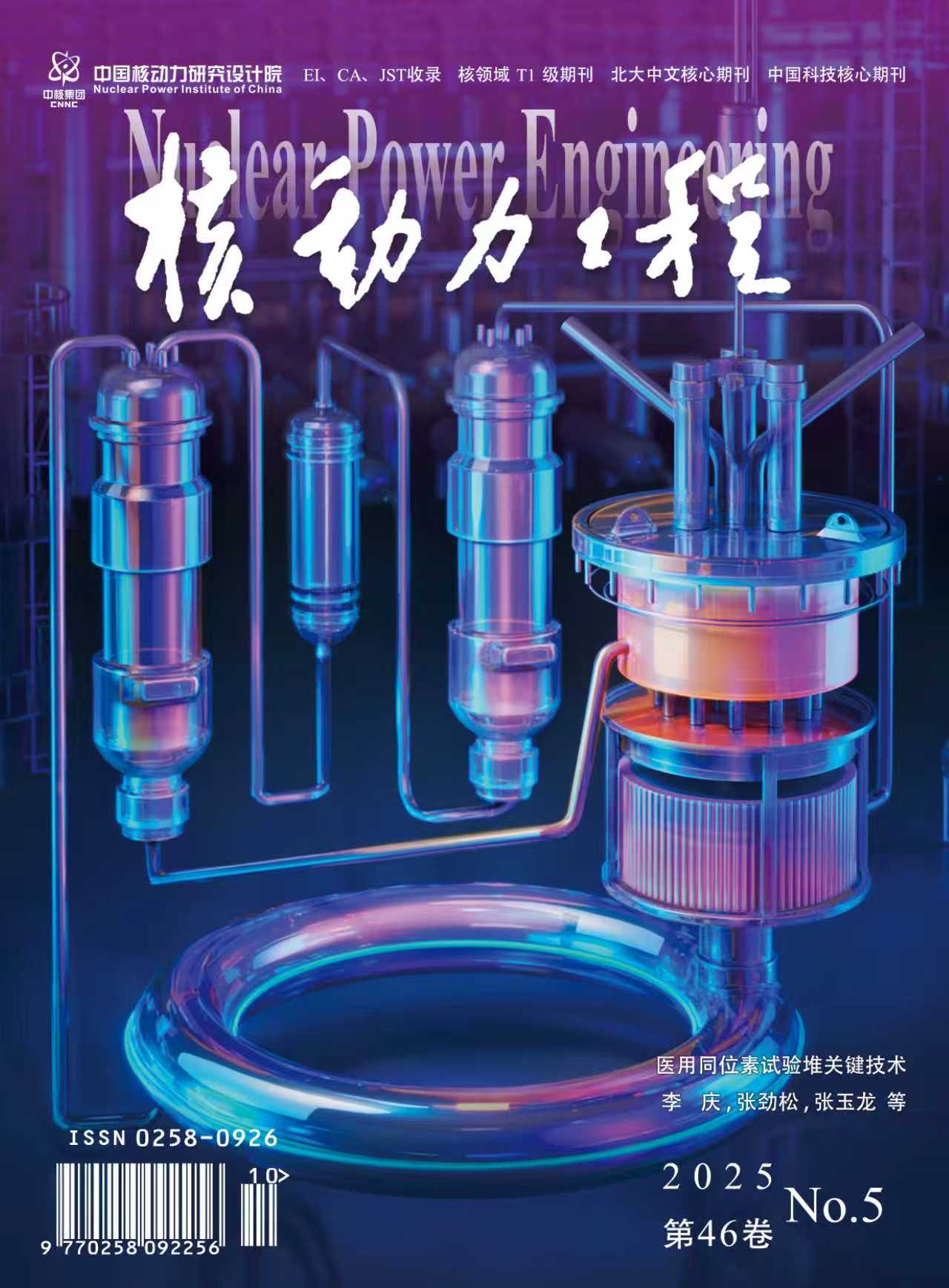2004 Vol. 25, No. 2
Display Method:
2004, 25(2): 97-100.
Abstract:
2004, 25(2): 101-105.
Abstract:
2004, 25(2): 106-108,132.
Abstract:
2004, 25(2): 109-112.
Abstract:
2004, 25(2): 113-117.
Abstract:
2004, 25(2): 118-122.
Abstract:
2004, 25(2): 123-127.
Abstract:
2004, 25(2): 128-132.
Abstract:
2004, 25(2): 133-136.
Abstract:
2004, 25(2): 137-141,167.
Abstract:
2004, 25(2): 142-146.
Abstract:
2004, 25(2): 147-151.
Abstract:
2004, 25(2): 152-155.
Abstract:
2004, 25(2): 156-159.
Abstract:
2004, 25(2): 160-163.
Abstract:
2004, 25(2): 164-167.
Abstract:
2004, 25(2): 168-171.
Abstract:
2004, 25(2): 172-174.
Abstract:
2004, 25(2): 175-179.
Abstract:
2004, 25(2): 180-182,192.
Abstract:
2004, 25(2): 183-186.
Abstract:
2004, 25(2): 187-192.
Abstract:



